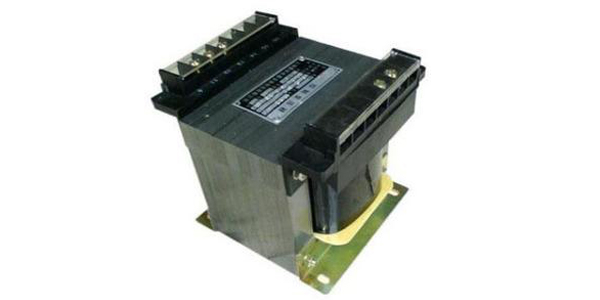Why does the transformer use silicon steel sheet as the iron core?
Commonly used transformer cores are generally made of silicon steel sheets.
Silicon steel is a kind of silicon (silicon is also called silicon)
steel, and its silicon content is 0.8 to 4.8%. The core of the
transformer made of silicon steel is because silicon steel itself is a
magnetic substance with strong magnetic permeability. In the energized
coil, it can generate a large magnetic induction intensity, which can
reduce the size of the transformer.
We know that the actual transformer always works in AC state, and the power loss is not only in the resistance of the coil, but also in the iron core under the alternating current magnetization. The power loss in the iron core is usually called “iron loss”. The iron loss is caused by two reasons, one is “hysteresis loss” and the other is “eddy current loss”.
Used as the iron core of the transformer, cold-rolled silicon steel sheets of 0.5mm and 0.35mm thickness are generally selected. According to the size of the iron core, it is cut into long pieces, and then overlapped into the shape of “day” or “mouth”. In theory, if the thickness of the silicon steel sheet is thinner to reduce the eddy current, the narrower the spliced strips, the better the effect. This not only reduces the eddy current loss, lowers the temperature rise, but also saves the material of silicon steel sheet. But in fact when making silicon steel sheet iron core. It is not just from the above-mentioned favorable factors, because the production of the iron core in that way will greatly increase the working hours and reduce the effective cross section of the iron core. Therefore, when using silicon steel sheet to make the transformer core, we should weigh the pros and cons from the specific situation and choose the appropriate size.

(source:https://www.ei-lamination.com/why-does-the-transformer-use-silicon-steel-sheet-as-the-iron-core/)
We know that the actual transformer always works in AC state, and the power loss is not only in the resistance of the coil, but also in the iron core under the alternating current magnetization. The power loss in the iron core is usually called “iron loss”. The iron loss is caused by two reasons, one is “hysteresis loss” and the other is “eddy current loss”.
Used as the iron core of the transformer, cold-rolled silicon steel sheets of 0.5mm and 0.35mm thickness are generally selected. According to the size of the iron core, it is cut into long pieces, and then overlapped into the shape of “day” or “mouth”. In theory, if the thickness of the silicon steel sheet is thinner to reduce the eddy current, the narrower the spliced strips, the better the effect. This not only reduces the eddy current loss, lowers the temperature rise, but also saves the material of silicon steel sheet. But in fact when making silicon steel sheet iron core. It is not just from the above-mentioned favorable factors, because the production of the iron core in that way will greatly increase the working hours and reduce the effective cross section of the iron core. Therefore, when using silicon steel sheet to make the transformer core, we should weigh the pros and cons from the specific situation and choose the appropriate size.
(source:https://www.ei-lamination.com/why-does-the-transformer-use-silicon-steel-sheet-as-the-iron-core/)
评论
发表评论